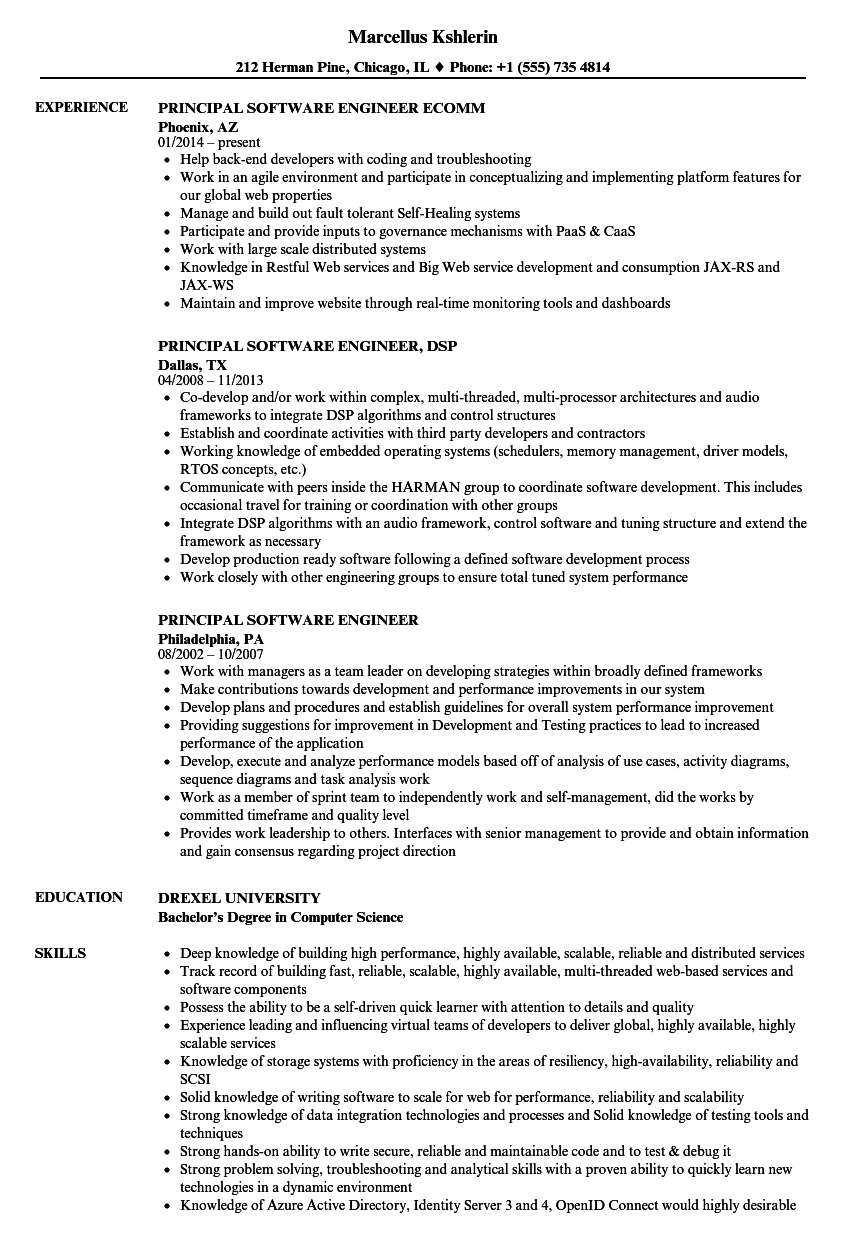
But topics such as Java, Scala, and Microsoft devs didn't have any better alternatives, so I put them in the list, and you can see that their poor ratings reflect their quality. So why did I include them? For some topics such as Go, I had already found an excellent group, so if I found others that weren't very good, I removed them from the list. You'll find a few of these topics in my list, but they aren't very good. If you know of any, please send me a link in the comments.
Slack software engineer software#
I didn't find any good groups for some major topics such as Java, C#/.NET, AWS, software architecture, and databases (MySQL, Oracle, or Microsoft SQL). There might be a great one for your area. If you're interested in joining one, try searching your location + "slack group" to see what you find. I also didn't include any location-specific groups, because those wouldn't be relevant to most of the readers of this article. The only ones I found that did charge a fee were either location-specific groups or remote working groups.

Slack software engineer free#
What I didn't includeĪll of these Slack groups are free to join. The numbers are always changing, so I just simplified things. It was pretty obvious when a group was unresponsive.Īs for the number at the end of each group's ratings, that's the number of members in the largest channel rounded down to the nearest hundred or tenth. I didn't count it against a group if no one responded quickly to 4:00 am questions (Eastern time). I checked for several instances of questions and then time-to-response in each group, so I confirmed trends of responsiveness or unresponsiveness. Less noise means more signal, right?įor responsiveness, I gave a rating of responsive if it only took an hour or two for people in the main channels with questions to get a response from someone else in the community. Obviously, a low flow rating isn't a bad thing. Below that number, I gave a low flow rating. If the group's main channels consistently had over 30 messages, I gave them a high flow rating.

I gave extremely high relevance ratings to groups that have a large amount of helpful subtopic channels with significant levels of activity.įlow ratings were based on an average of around 30 messages a day. Even some poor-quality groups had high relevance because, despite low levels of interaction, it was all on topic. I gave a rating of low relevance if more than 50 percent of the discussion looked unrelated to the topic of the group. My simple rating systemįor each of the groups, I submitted a request to join and took a look at the activity levels of the main channels. I'd like to share a semi-exhaustive, categorized list, along with my notes on the quality of each in terms of relevance, responsiveness, and activity/flow. While there are a lot of stinkers out there, I've also found many truly awesome Slack communities in the last couple of weeks. They look and operate a lot like the IRC topic channels we've had for years, but with more usability and a lower barrier to entry. He went off on a tangent at the start of his talk and said:Īs a result of Slack's burgeoning popularity and mainstream prominence (I've seen ads for Slack pasted on my local light rail), we've seen a bunch of developer topic-focused, public Slack groups popping up over the last few years. At a software architecture conference last year, one of the speakers, a performance engineer, was talking about great application UX.


 0 kommentar(er)
0 kommentar(er)
